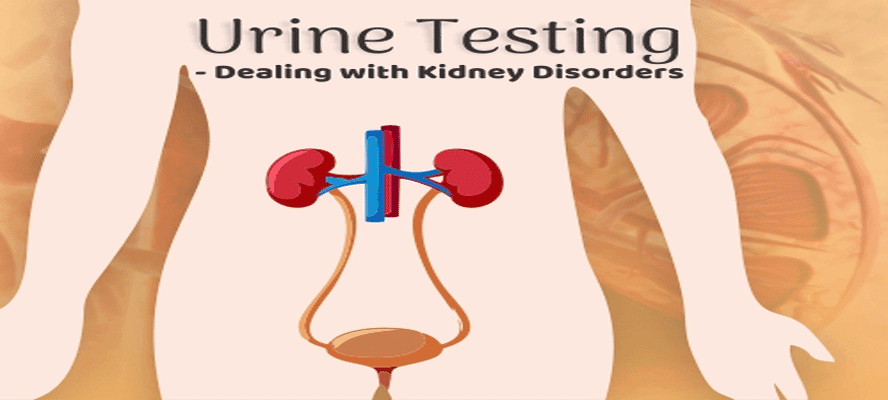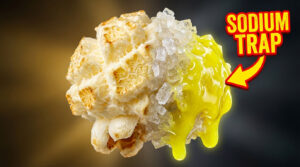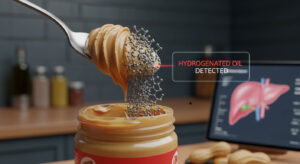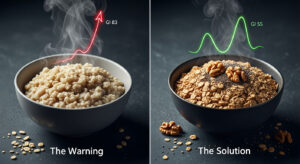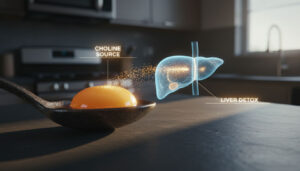What exactly is urine?
urinary pH is produced by the kidneys by filtering out the waste from the bloodstream which
helps in regulating the amount of water in the body, conserving proteins, electrolyte,
and other compounds that the body can use again. Anything that is not needed by the
body is eliminated in the urine, which is usually clear and yellowish in colour, but the
colour, quantity, concentration, and content of the Urine will be slightly different each
time an individual urinates, due to varying constituents. Many illnesses and disorders
associated mostly with the main excretory organ i.e. kidneys, affect this process of
elimination, which in turn affects the appearance, concentration, and content of your
urine. Therefore, urine testing can aid in the early diagnosis of such disorders.

